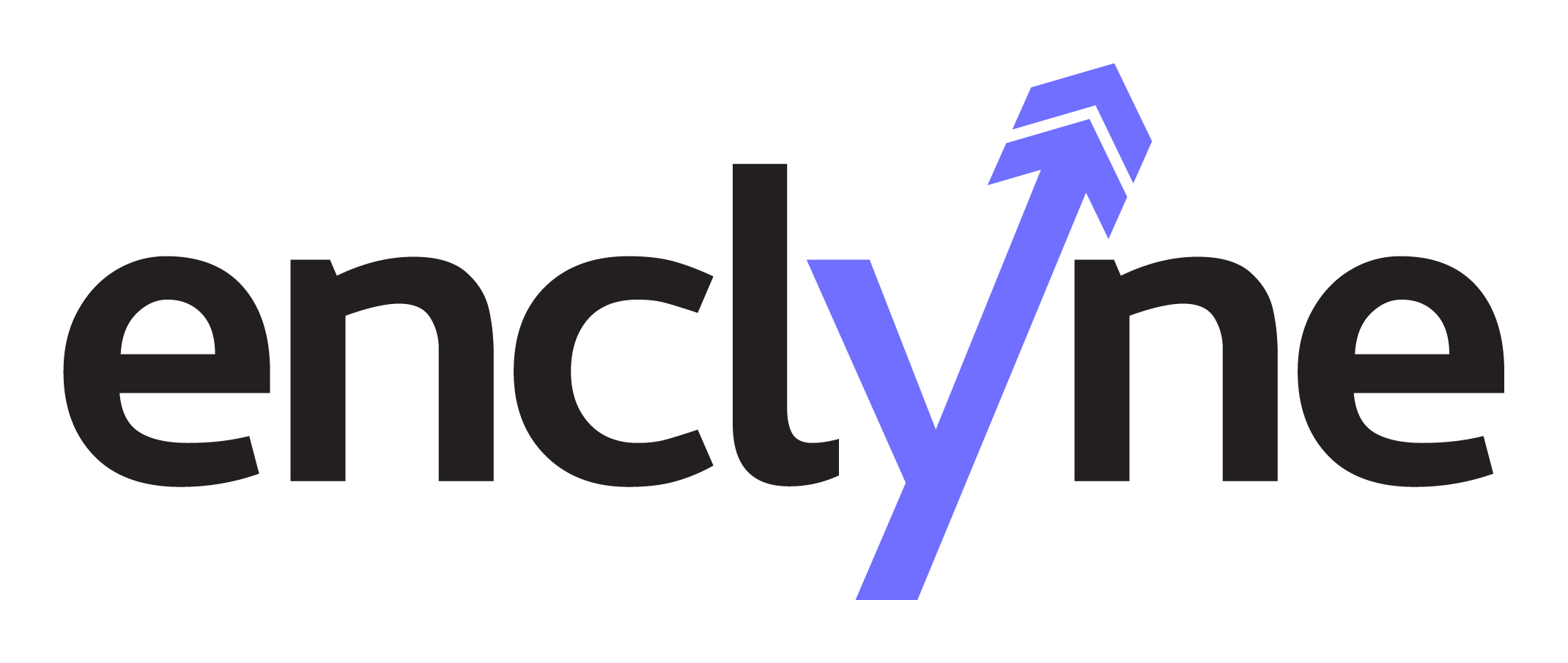Email migrations all come with unique challenges and Microsoft 365 email migrations are no different. Whether you are migrating to Office 365 from Hosted Exchange, Exchange Server, Lotus Notes, Google Apps, Zimbra, or even from an existing tenant, the task can seem daunting. Fortunately, it doesn’t have to be. Our goal with this article is to familiarize readers with a few of today’s biggest Microsoft 365 email migration challenges and share our thoughts on overcoming them.
Decisions, Decisions
There are multiple options for migrating to Microsoft Office 365 Exchange Online. Deciding which is best suited to your organization is key to a successful transition, but the best strategy can be difficult to determine if you don’t know which factors to weigh. I like to suggest this basic approach: If you could choose between fast, easy, and cheap, but you could only pick two, which two would you choose?
A fast, easy transition will require a lot of resources. If you only have two weeks to rebrand and migrate 5,000 mailboxes with minimal interruption to productivity, you’ll need tools, people, and expertise to get it done. Fast migrations on a budget often result in rocky transitions due to a lack of resources and planning, but sometimes a temporary disruption is justified. If money is tight and downtime is unacceptable, most organizations will be best off setting a long-term, flexible cutover date so the transition can be properly executed.
Along with the three scenarios above will typically be three (or more) equivalent migration solutions. Hybrid Exchange is an affordable Microsoft 365 email migration solution that practically guarantees a smooth transition. Unfortunately, initial configuration and long-term management are complex. Staged migrations lend themselves to projects with lots of moving pieces and small IT departments. They can make certain types of transitions feasible with minimal impact, but staged migrations can end up requiring significant resources due to complexity. Cutover migrations can be performed quickly, especially using third-party tools, but a minimal level of end user disruption is simply unavoidable when it comes to Outlook profiles. No matter what the business need, we’ve successfully executed creative Microsoft 365 migration solutions for hundreds of happy, repeat customers.
Setting expectations is key! Do yourself a favor and plan well in advance for your project. Start talking to a qualified partner today if you think you may require assistance.
A Change Is Gonna Come
Since email has been the hub of productivity for over two decades, email migrations tend to be the first step in onboarding any new suite. When it comes to Office 365, changes to Exchange will undoubtedly affect other apps as well. It’s the administrator’s job to prepare end users for the transition. By identifying, testing, documenting, and presenting change management scenarios for your users, you will minimize both user impact and helpdesk tickets.
So where do you start? Our consultants utilize project plans built from years of experience migrating businesses in a multitude of industries. Such plans include every action item necessary to get the job done right. We suggest starting there. Your project plan should be a live document that can change over time. Once you’ve addressed the project from an administrative perspective, address those same action items from an end user perspective and test, test, test! The result should be a concise set of communications that cover only the most crucial information necessary to stay productive during transition. Timing is key when delivering communications, and don’t forget to make sure users retain access to this information even after they lose access to email!
Let’s Talk Bits
The last thing a migration engineer wants is an unpredictable cutover date. A little research and basic math can go a long way to making your migration more predictable. Depending on the nature of your user base, the primary determining factors regarding migration speed and post-cutover storage requirements will be mailbox count & size, server/client settings, database location, and network bandwidth.
First, remember that most migrations require new Outlook profiles. Setting Outlook clients to cache mail will force the download a second .OST file for each user mailbox. Make sure you have space available on the client or terminal for the new mailboxes, and make sure your network can handle the download traffic. Mailbox size affects transfer speed by nature, and high transfer concurrency tends to negatively impact transfer speed further due to local I/O limitations. Expect further delays if your mailboxes are spread across multiple data centers or if you have network bottlenecks. Utilize pilot migrations and mailbox prestaging whenever possible to make better predictions and minimize the amount of data that must be copied during cutover. You may want to consider having users clean up mailboxes prior to migration.
For admins deploying Hybrid Exchange, the above are generally non-concerns. Users aren’t required to create new profiles, so they don’t require a second .OST to be downloaded. Exchange takes care of internal traffic management, and user impact is so minimal that it generally shouldn’t matter when the mailbox officially makes it to the cloud.
Shed Some Light
A common problem we encounter is customers simply not knowing what to be concerned about in their new Microsoft 365 tenants. Not knowing which features to enable or disable (and where to find them) can be frustrating when there are so many options. Trust us…we get it! The best admins know what they don’t know, and that’s a challenge when things change so fast.
If you are new to Microsoft 365, we suggest familiarizing yourself with the tenant by first researching your licensing. Licensing determines which features get hydrated in your tenant, so researching those features and finding their controls is a great way to get comfortable. With Office 365, it’s a safe bet that default settings will be generally secure for the average business, but Microsoft likes to encourage new cloud customers to embrace the latest collaboration options available. That may not be ideal for your organization, so your second stop should definitely be a detailed tour of both the Admin Center Settings section and the Security & Compliance Center.
Of course, selecting an experienced partner can offer peace of mind and assurance that your Office 365 Exchange Online email migration will be a success. Strategic SaaS offers best-practice greenfield tenant configurations, security setting audits, and post-migration training services to help our customers start off on the right foot.
Conclusions for your Microsoft 365 Email Migration
The above are some simple guidelines for how to mentally approach these particular Office 365 email migration challenges. Our consultants scope projects constantly and take into consideration every detail of each customer’s needs prior to presenting the best available solutions. We are consistently on target for tens of thousands of mailboxes every year and would love to assist with your transition as well.

